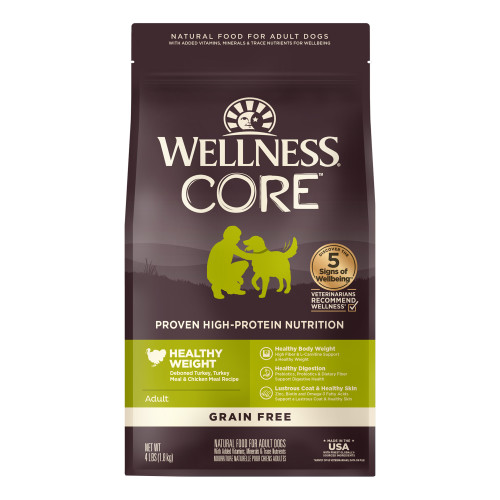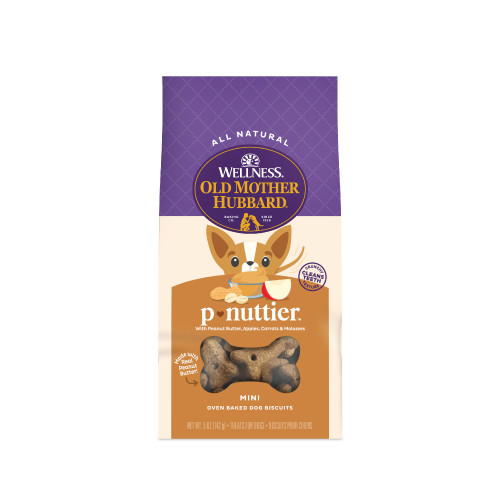June 21, 2021
Returning to Work? Understanding and Solving the Signs of Separation Anxiety in Pets
After a year-long lockdown, it’s quite a transition for pets when the home is suddenly quiet and empty. Yes, pets can suffer from “empty nest syndrome” too. Consequently, as you head back to work and general activities, it’s important to monitor pets for signs of stress and anxiety. It’s easier to remedy fretful signs when they are recognized early.
Key Signals of Canine Distress
• Watch for destructive behaviors around the home – chewing your favorite shoes, couch pillows, gnawing on the dining room chair legs
• Excessive Panting
• Attempts to break out of a crate where a pet normally feels safe and secure should not be ignored
• Pacing, especially in front of the door you’ve just exited, or at a window that gives a view of your departure
• Vomiting and changes in appetite
• Whining and incessant barking
Key Signs of Feline Distress

Cats don’t display their feelings as outwardly as dogs do. So, often their anxiety and depression flies under the radar and their people don’t really notice. But being left alone again can be a very anxious time for a cat too.
• If your cat is a greeter, but suddenly fails to show up at the door, this could be a sign of depression.
• Hiding and sleeping more are also signs of depression and anxiety.
• Reduced appetite and sometimes a complete loss of appetite.
• Excessive grooming, pulling out chunks of fur until their skin is raw.
How to Keep Your Pet Happy and Healthy While You’re at Work
Technology Can Help to Monitor Pets
Thankfully, advances in pet technology can offer great insight into your pet’s health and safety while you’re away.
Pet Camera
Pet To help with the return to work transition, we recommend installing a pet camera to keep an eye on things at home both during your trial outings and when you return to work full time.
Pet Activity Monitor
Similarly, a pet activity monitor is a great investment in your dog’s health and wellbeing /as they offer a snapshot of a dog’s emotional state while their people are away. Such gadgets that clip onto a collar track important information including your pet’s level of physical activity, peak activity times, excess barking, shaking or inability to settle down to rest or sleep. The recorded data compared against the animal’s daily norm can help point out concerning behaviors.
Pheromone Therapy
Pheromones are natural chemicals that both dogs and cats produce that exude a calming effect on their young. Synthetically produced dog and cat pheromones mimic natural ones and are available in spray and plug-in forms. They can help produce a calm and relaxed environment and reduce feelings of stress and anxiety in pets of all ages. Both canine and feline plug-ins can work side by side in the same area of the home. The plug-ins last a month. So, it would be a good idea to start using them at least a couple of weeks before your return to work.
Mood Music
Playing music, something classical not heavy metal, or leaving a TV on can help fill the quietness void in the home.
Picking Up on Human Emotions
Our pets are accurate barometers of our feelings and react to human emotions they are picking up in the home. So, it’s important to try and remain calm around them as much as possible.
Any serious distress issues should be discussed with your pet’s veterinarian. Worst case scenario, there’s medication that can help get your pet back on track too.
Nutrition
Nutrition is an important part of your pet’s general health and wellbeing. Sometimes just like with humans, if your pet is stressed they may experience some digestive upsets. Wellness CORE Digestive Health has guaranteed levels of probiotics, along with prebiotics and digestive enzymes and can help with your pet’s overall wellbeing from the inside out. Wellness CORE Digestive Health is available for both dogs and cats.
We love meeting your pets! Please share photos by tagging #wellnesspetfood and @wellnesspetfood for a chance to be featured on our website or social pages!







